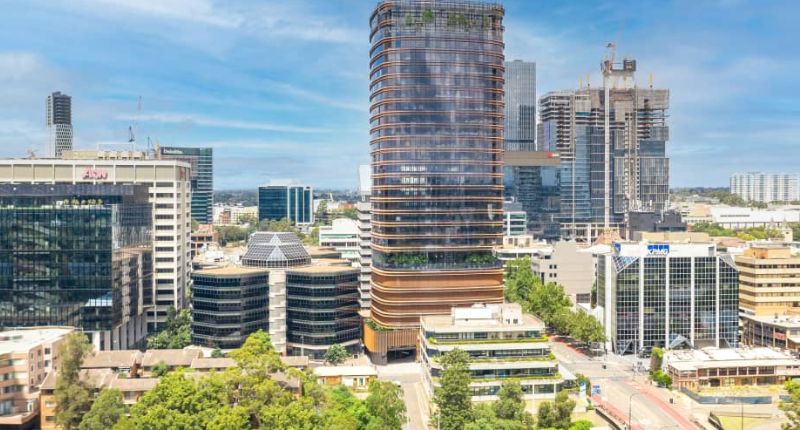
- Parramatta's occupiers favour premium-grade offices over secondary-grade options.
- Demand for newer assets surges, while secondary-grade vacancies rise significantly.
- Limited window for occupiers to secure prime-grade in a competitive market.
Occupiers are racing to snap up premium-grade office stock in Parramatta, leaving their secondary-grade counterparts in the dust, according to JLL.
In other words, the window of opportunity for occupiers to acquire top-grade offices in Parramatta is fast closing.
Flight-to-quality
The COVID-19 pandemic and its unprecedented nature have changed how Australians perceive work. Work-from-home has become more prevalent, and businesses are realising that they need to re-evaluate how they use the workspace.
Hence, on the one hand, there has been a drop in demand for offices, with some companies deciding to downsize, sub-lease, or allow for work conditions that provide more flexibility. Secondary markets have especially been affected, seeing demand nosedive in most parts of Australia.
On the other hand, other firms have moved to newer, premium offices to rejuvenate the working environment and encourage staff to return to the office.
New assets are in hot demand while secondary-grade assets are neglected
Assets less than five years old are diminishing rapidly, with their vacancy rate dropping to a mere 8.3% in Q2 2023. Furthermore, the vacancy rate of secondary-grade offices is ballooning and is forecasted to reach 50% by the end of this year.
Behind this trend are tenants upgrading from B grade and secondary stock on the outskirts of Western Sydney to higher quality locations in central Parramatta, where prime gross effective rents declined by 0.5% quarter-on-quarter, or 14.4% year-on-year, to $348 per square metre (sqm).
Meanwhile, no offices were completed in H2 2023, and one was withdrawn for conversion to other use.
JLL data has recorded 15,400 sqm of office stock under construction belonging to two Parramatta projects. The larger project of the duo, 85 Macquarie Street, which comprises 10,000 sqm, is due for completion in 2023.
The headline vacancy in the second quarter of 2023 is 23.5%, a 1.1 percentage point decrease over the quarter. Two large occupiers that reabsorbed office space in the market contributed to 10,700 sqm of net absorption over the quarter.
Particularly, the prime grade vacancy rate dipped slightly for the second time since late 2021 by 0.7 points to 18.6%
Market is not likely to change
“Sitting tenants looking at the flight to quality need to move now. Lots of new development has come online in the past few years, but there’s no more space being added to market,” said JLL senior director of office leasing Parramatta, Ben Lalic.
“We’re seeing a limited time for occupiers to take advantage of the flight to quality; the window is 12-months. Prime grade contiguous space (4,700 sqm) is non-existent, and occupiers will have to settle in the secondary grade market.”
Two notable office transactions occurred during the first half of 2023, amounting to $67.6 million. They are 9 George Street, which Brisbane Investment Corporation sold to a private investor for $49.6 million, and 144 Marsden Street, which was sold by a private investor to the Unity Church of Australia for $18 million.







